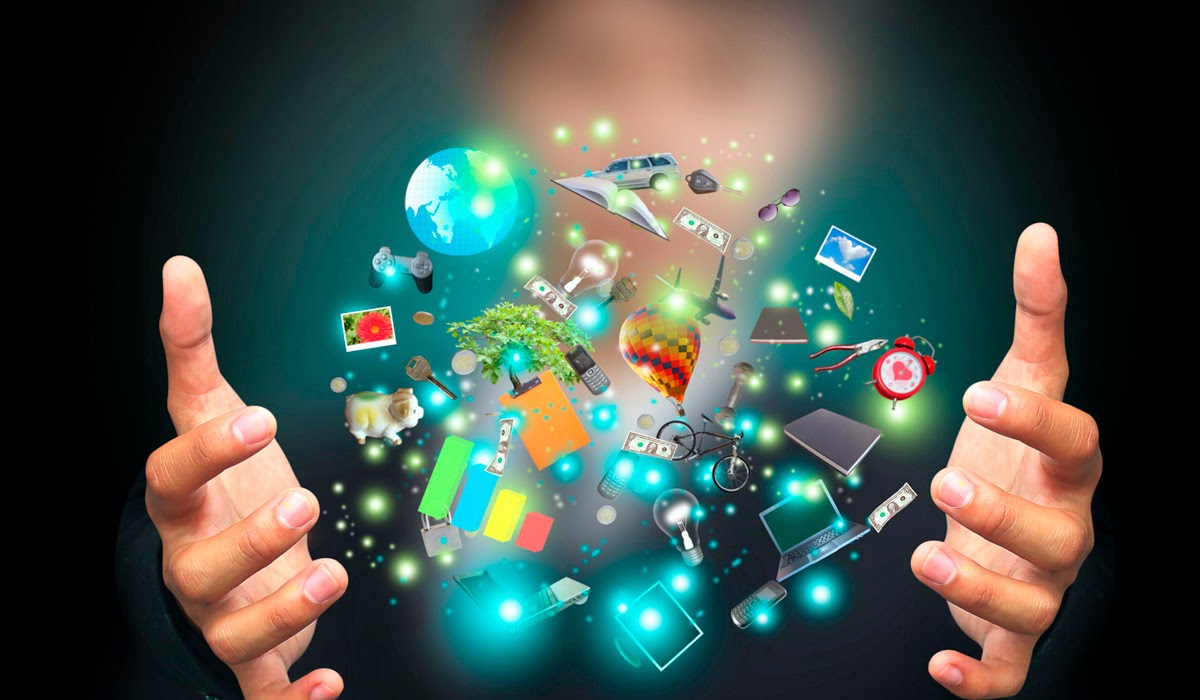Internet of Things or IOT is surely going to be the next big thing. It is basically a network comprising physical objects or things equipped with network connectivity, thus enabling them to successfully gather and exchange data. The foundation of IOT reports is based on the intelligence that embedded systems are capable of offering.
IOT: The Next Topic of Digital Innovation
We are presently living in a time of a networked society that is dominated primarily by mobility and connectivity. With an ever-growing impetus on digitalization and formation of “smart cities,” there is a widespread optimism that there will be much more scope for innovation originating in the IOT space in order to drive the promising digital economy innovation.
This comprises of a prodigious amount, nearly billions of sensors and highly connected smart objects that are making the Internet wiser. Let’s see how.
The IOT bubble is beginning to explode. Statistics reveal that it’s growing at a phenomenal pace from nearly 2 billion objects in the year 2006 to an estimated 200 billion by 2020. That being said, there will be roughly 26 smart objects for every human being on Planet Earth.
As stated earlier, the network comprises of billions of connected smart objects, which are projected to grow to more than 9 billion linked devices by 2018. As suggested by a Gartner report, smart cities that are planned by the government will use nearly 1.6 billion of connected objects or the IOT in 2016. This statistic will successfully mark an increase of approximately 39% from 2015. Isn’t this exciting news as we live in the year 2016? It surely is.
Smart Buildings
The research team at Gartner also predicts that smart commercial buildings will be the highest user till 2017. Following this, smart homes will take a successful lead in the year 2018 with more than one billion connected things. The real estate industry is one that will surely benefit from such an implementation. This is because the industry comes up with advanced service operations and collective views of facilities management, via data collection and thorough insights from scores of sensors.
When it comes to large sites, especially industrial and economic zones, office parks, shopping malls, seaports, and airports, IOT reports can help in reduction of costs with regard to energy, maintenance of buildings, and geographical management by nearly 30%.
Smart Homes
The consumer-centric applications that are fuelling the development of smart homes include smart TVs and set-top boxes, intelligent bulbs, and several other smart automation tools that include thermostats, kitchen appliances, and home security systems.
The ever-evolving maturity of smart-home platforms via home appliances, home sensors, and infotainment will effectively signify that the potential investment in smart homes will surpass that of commercial buildings by 2018.
IOT Reports indicate that the future trends anticipate device and wireless trends to be effectively embedded in many more devices. Homes are eventually foreseen to offer a unified services environment that will surely add value to the home and its ambience. Homes will soon be evolving from being interconnected to smart-enabled and information-driven ones.

